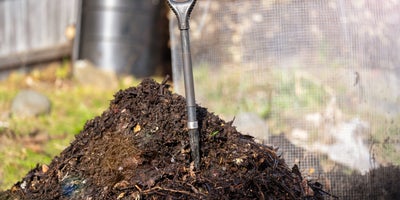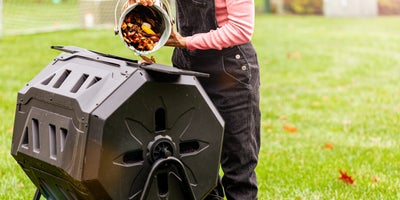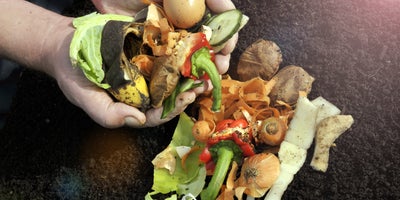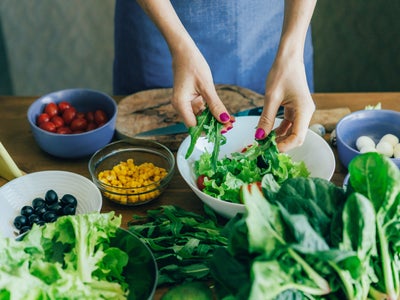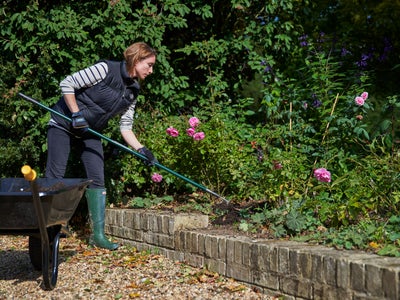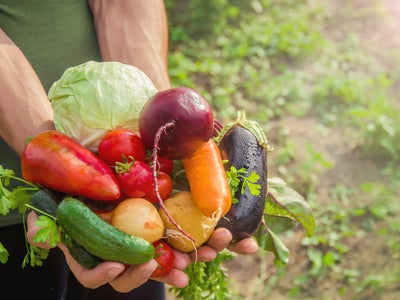Grow your own: making compost

When it comes to lawn care, good soil is paramount. One easy and affordable way to improve the quality of your soil is by making your own compost. Composting is an excellent way to cultivate nutrient-rich soil that can help with growing a healthy lawn. It not only enriches the soil but also helps reduce waste and benefits the environment. All you really need is a spot in your garden that gets plenty of sunlight and moisture. Any time of year is a good time to start composting, but the high summer temperatures make it quick and easy.
